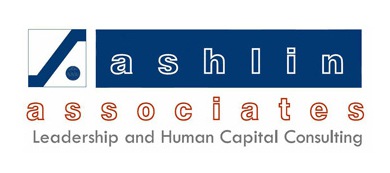I was 21 years old, new in my job, and invited to my first executive meeting. Excited and flattered, I ruminated over what I would wear, where I would sit, who I could interact with. I planned for every detail within my control. When the day finally came, the meeting was fascinating — exceeding my inflated expectations. I loved it and was happy to be there. From my perspective, things could not be going better.
But then, during a break, the executive in my hierarchy made his way over to me. “What’s wrong?” he asked. Confused, I responded, “I’m sorry, what did you say?”
“What’s wrong?” he repeated, “Why do you look so sad?”
Sad? What was he thinking? I wasn’t sad! I was happy, excited, motivated, and glad to be there! My facial expressions, however, did not reflect my feelings. In my efforts to be completely prepared and professional, I’d been deliberately putting on a “look” that I believed exuded professionalism. It was my “behavior face,” as in “well-behaved, serious, professional.” And there was the problem. My “behavior face” in no way reflected my feelings, or, for that matter, me. It wasn’t authentic, it alarmed by boss, and locked in my own little world, I had no clue how it was being perceived.
A huge percentage of how we communicate is non-verbal. No matter how we plan our words and develop presentations, our body language can speak even more loudly.
For example, hunched shoulders may project insecurity (when you might only be tired). Or, a tilted-up chin may come across as arrogance (when you’re only trying to see something). Or, a frown on your forehead may seem you’re upset (when you’re only trying to concentrate).
Your Resting B-Face (Behavior Face)
What is your body language communicating? Do you have a resting “behavior” face? Do you have any idea? Successful leaders and professionals are supremely self-aware and deliberate in what and how they project.
You can be, as well. However, like with any new behavior, you’ll have to make an intentional effort to know how you are being perceived. Here are some tips to consider.
- Pause and take time to analyze your body language or facial expressions in the moment.
- Ask for feedback from someone(s) you trust.
- Get someone to photograph or videotape you.
The executive who alerted me to my body language likely did me one of the biggest favors of my career – and very early in my career. Changing my behavior required some time and introspection, but it was well worth the effort.
Paulette Ashlin’s book, Leading: The Way – Behaviors that Drive Success outlines the importance of responding to, changing, and improving your behavior to become the best leader you can be. Find out more at www.ashlinassociates.com


